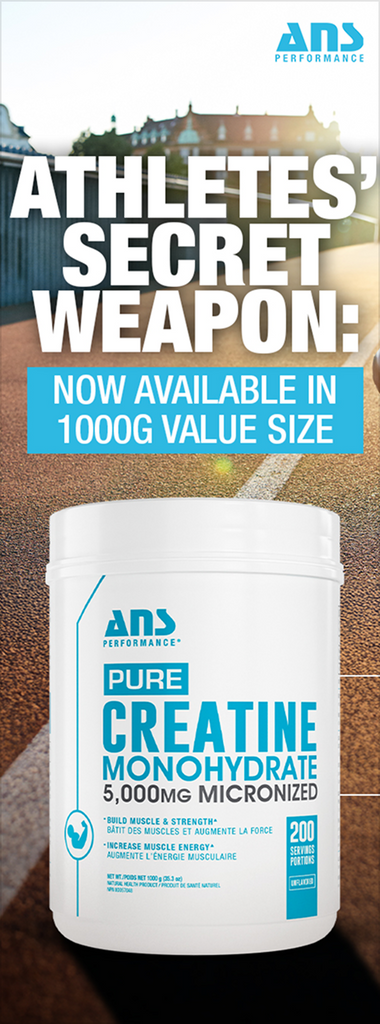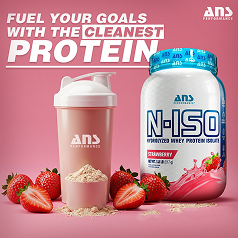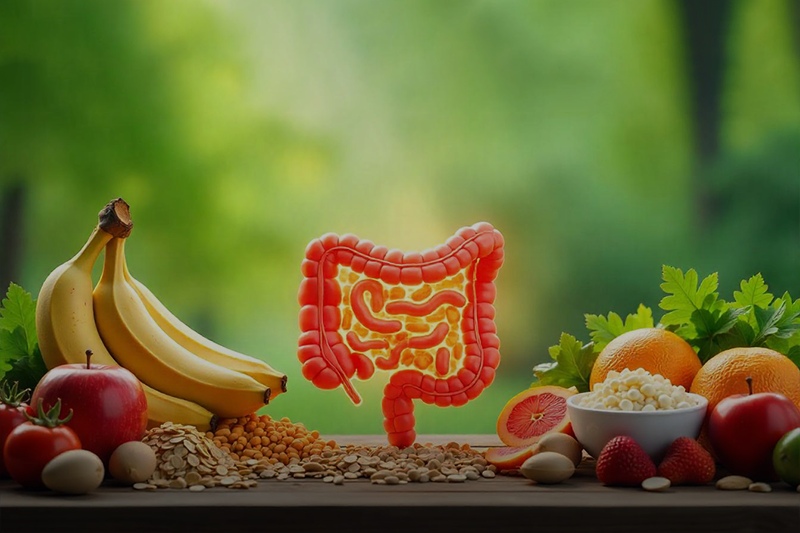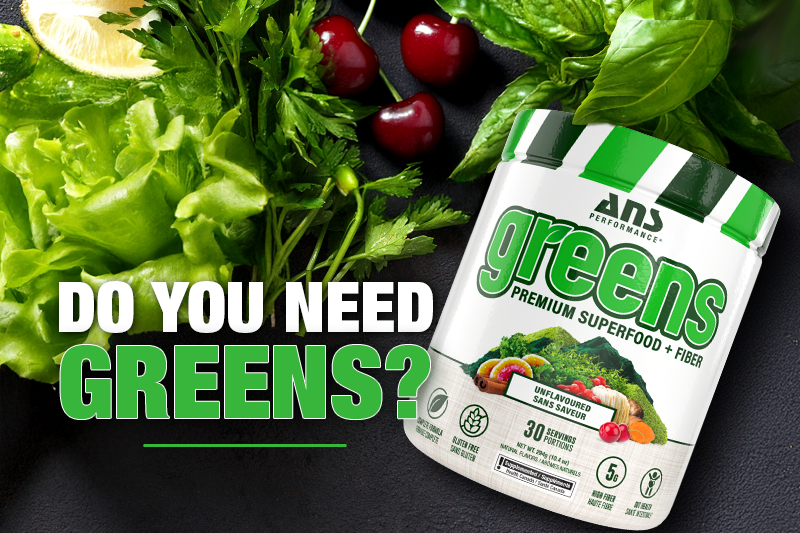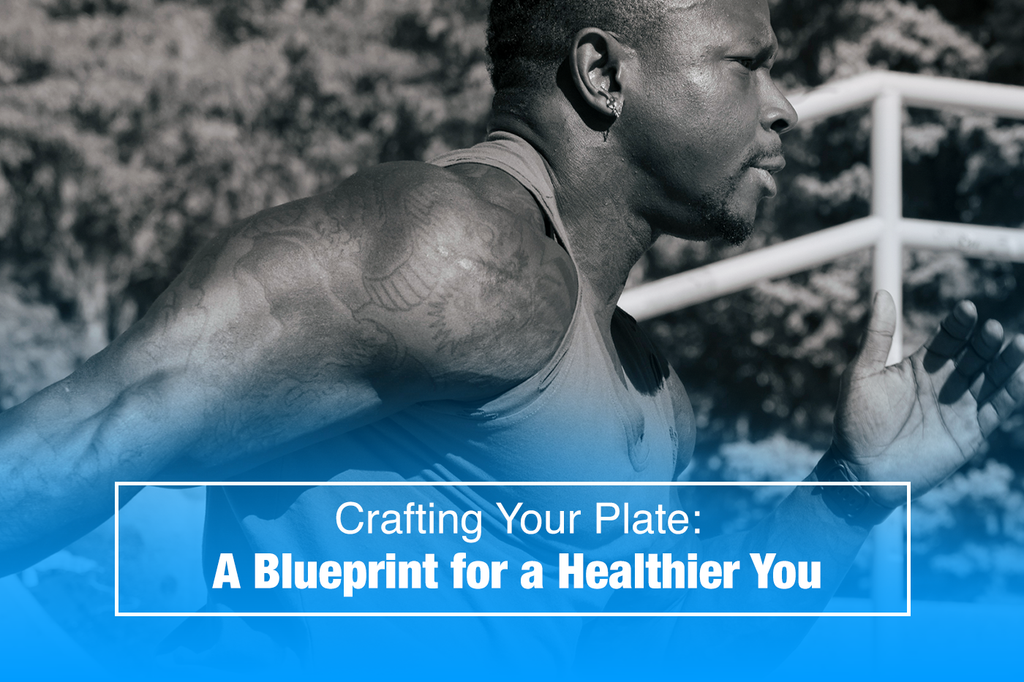
In our fast-paced lives, achieving and maintaining a healthy diet can sometimes feel like an uphill battle. However, the key to success lies in the choices we make every day. Building a healthy plate is not just about counting calories but is an art that involves balance, variety, and mindful consumption.
1. Meal Frequency: Quality Over Quantity
One of the first steps towards building a healthier plate is to reconsider your meal frequency. Instead of three large meals a day, consider breaking them down into five or six smaller, well-balanced meals. This approach helps regulate blood sugar levels, prevents overeating, and provides a steady stream of energy throughout the day. Aim for meals every 3-4 hours to keep your metabolism active.
2. Mindful Meal Preparation
The foundation of a healthy plate begins in the kitchen. Opt for cooking methods like grilling, baking, steaming, or sautéing instead of frying. This not only retains the nutritional value of your food but also helps to manage your calorie intake. When planning your meals, incorporate a colorful array of vegetables, lean proteins, whole grains, and healthy fats.
a. Vegetables: The More, The Merrier
Fill half your plate with colorful vegetables. They are rich in vitamins, minerals, and fiber. Aim for a variety – leafy greens, bell peppers, carrots, broccoli – to ensure you get a broad spectrum of nutrients.
b. Lean Proteins: Fuel for Your Body
Include a source of lean protein in each meal. This could be grilled chicken, fish, tofu, beans, or legumes. Proteins are essential for muscle repair, satiety, and maintaining a healthy weight.
c. Whole Grains: The Fiber Boost
Choose whole grains over refined ones. Brown rice, quinoa, oats, and whole-grain bread provide essential fiber, aiding digestion and keeping you fuller for longer.
d. Healthy Fats: Nourishing Your Body
Incorporate healthy fats like avocados, nuts, seeds, and olive oil. These fats are crucial for brain function, hormone production, and the absorption of fat-soluble vitamins.
3. Portion Control: Size Matters
Understanding portion sizes is crucial to achieving your diet goals. Invest in smaller plates to naturally control your portions. As a general guide, a quarter of your plate should be dedicated to protein, a quarter to whole grains, and half to vegetables.
4. Hydration: The Forgotten Hero
Water plays a vital role in achieving your diet goals. Often, feelings of hunger can be confused with dehydration. Ensure you stay adequately hydrated throughout the day, aiming for at least eight glasses of water. Adding electrolytes (salts) to your water, is another way to ensure hydration – something like QUENCH EAA is a great way to enhance your water and get you drinking more.
5. Healthy Snacking: Nourish, Don't Sabotage
Snacking can either complement your diet or derail it. Opt for nutrient-dense snacks like Greek yogurt, fruits, vegetables with hummus, or a handful of nuts. Avoid mindless snacking and be mindful of portion sizes even during snack time.
6. Smart Substitutions: Healthier Options
Making smart food substitutions can significantly impact your overall health. Swap white bread for whole-grain, soda for infused water, and sugary snacks for fresh fruit. These small changes can add up to significant improvements in your diet.
Building a healthy plate is not about restriction; it's about making informed and mindful choices that fuel your body and contribute to your overall well-being. By embracing a balanced approach to meal frequency, preparation, and making healthier choices, you'll find that achieving your diet goals is not only feasible but enjoyable. Remember, the journey to a healthier you is a marathon, not a sprint. Take it one plate at a time, savoring the journey towards a happier and healthier lifestyle.
Written By:
Gregory Dawson, IFBB Professional
Team ANS Performance Athlete


